Making things with your own hands is fun and interesting. This also applies to sewing all kinds of products. Every housewife wants to decorate herself and her sofa or home with homemade design elements. One of the simplest solutions will be the creation of decorative pillows. With their help, you can logically complete any interior. The most important thing is that when making pillows, you do not need special sewing skills, extensive experience or extensive knowledge. Even a beginner can create a pillow.
Today we will tell you how to sew a pillow, how to make pillow patterns with your own hands, patterns of decorative elements. Thanks to this knowledge, you will be able to sew a beautiful pillow yourself without wasting extra time.

- How to choose fabric, filling and fittings
- Filler
- Accessories
- What tools will you need?
- How to sew a pillow for sleeping with your own hands
- How to sew a pillow from fabric scraps
- Stuffing
- Artificial stuffing
- Plant stuffing
- Stuffing of animal origin
- How can you decorate?
- Decorating a pillowcase with plant prints
- Lace, knitting and embroidery
- How to sew an applique onto a decorative pillow
How to choose fabric, filling and fittings
Before sewing a beautiful decorative item, including a pillow, you should carefully consider its filling, the material from which it will be made. It is important to choose those fabrics that will be as easy to care for as possible. Moreover, the material should not become electrified during use and attract dust. Ideal for this will be:
- Silk, satin and similar materials;
- Satin, flannel, calico and linen material;
- A fabric used for upholstery of furniture or chairs.

For a more budget-friendly and original option, you can use old clothes or parts of them. The pillow will be in the patchwork style and no one will even guess that it contains old T-shirts, sweaters and pants.
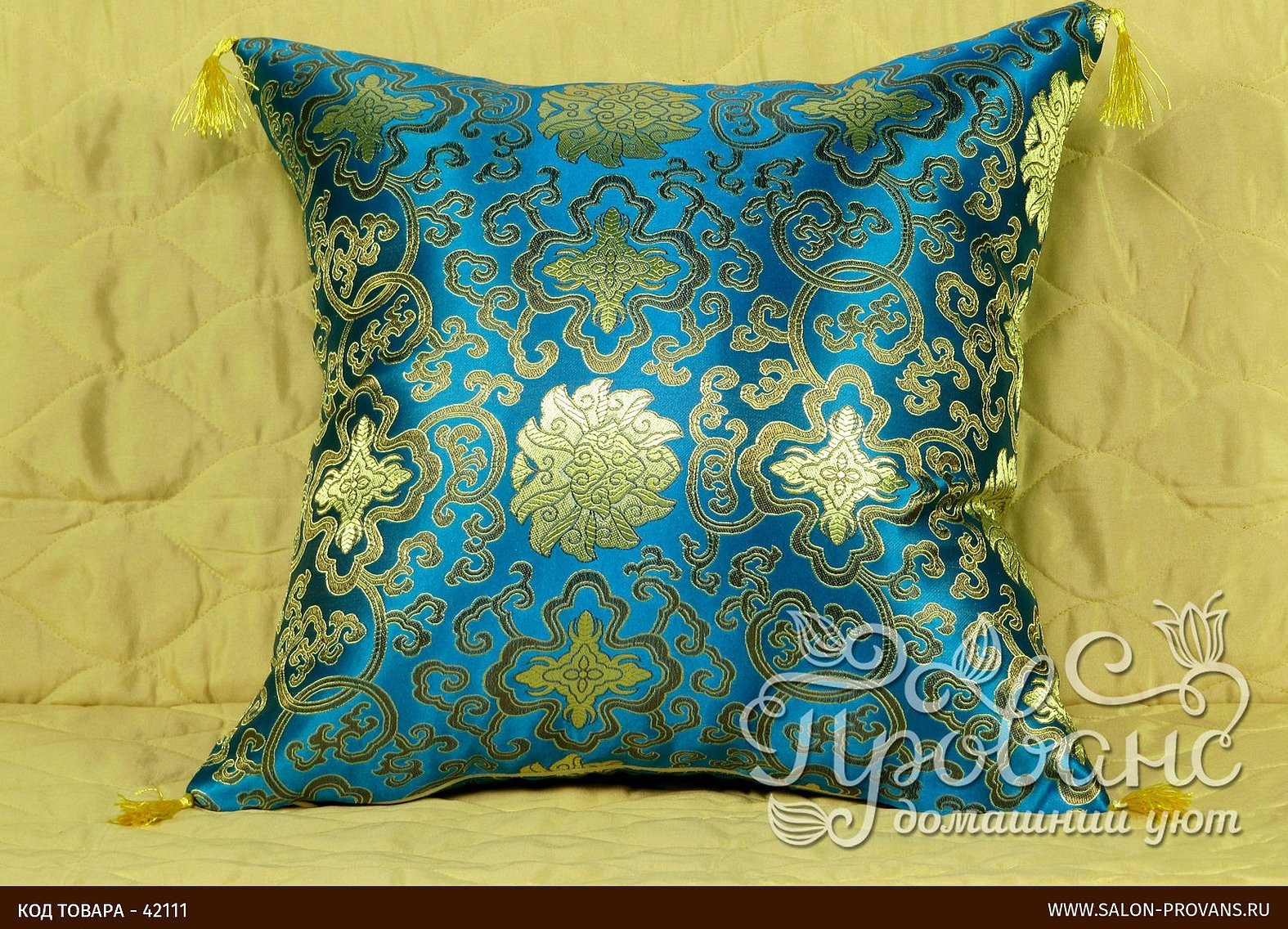
Filler
If you have no idea what to fill the future product with, you need to familiarize yourself with the list of popular materials. You should choose those compositions that will not start to clump together after a certain time. Based on this, synthetic padding and cotton wool are immediately out of the question. You should also not use feathers or down for these purposes, as these materials do not hold their shape well and are not suitable for bedding.

The most preferred options are:
- Hollowfiber, which can maintain its characteristics for 10 years of operation;
- Silicone, or rather its granules. Ideal for children's products. They are practical in that they can be taken out to wash the pillow and poured back;
- Natural materials such as hop cones, buckwheat husks, aromatic herbs.
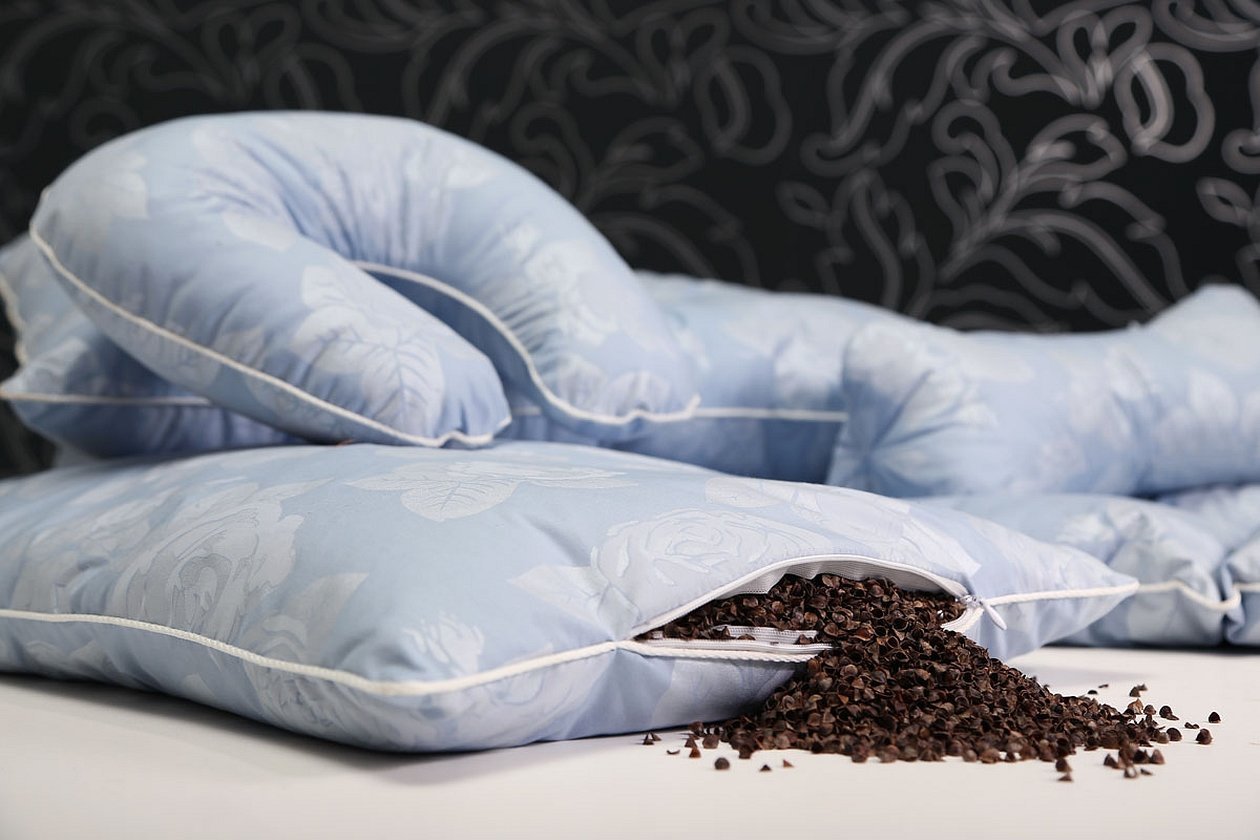
Accessories
To sew a decorative pillow yourself, by hand or on a machine, you will need threads of a certain color and number. Usually from 40 and up. In order to embroider on the product, you will need floss. If the base of the pillow is knitted, then use almost any yarn. If the cover for the product is removable, it may need buttons or a zipper.
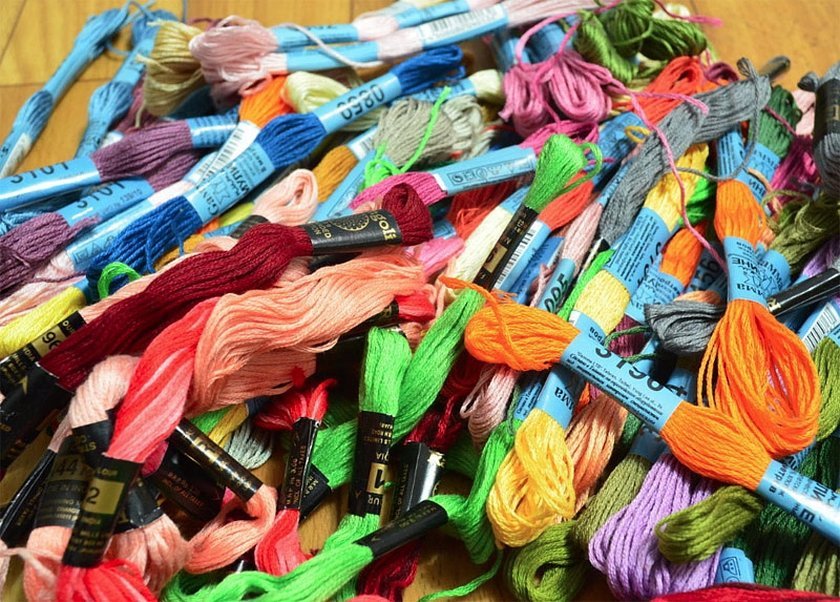
What tools will you need?
The tools are prepared depending on what the design element will be made of and what shape it will be. If you want to knit the base, then, of course, you will need knitting needles or a hook, yarn. For decoration, the following will come in handy:
- Needle, thread, sewing machine;
- Paper, tracing paper or cardboard for the diagram;
- Chalk or soap, special pencil;
- Scissors.
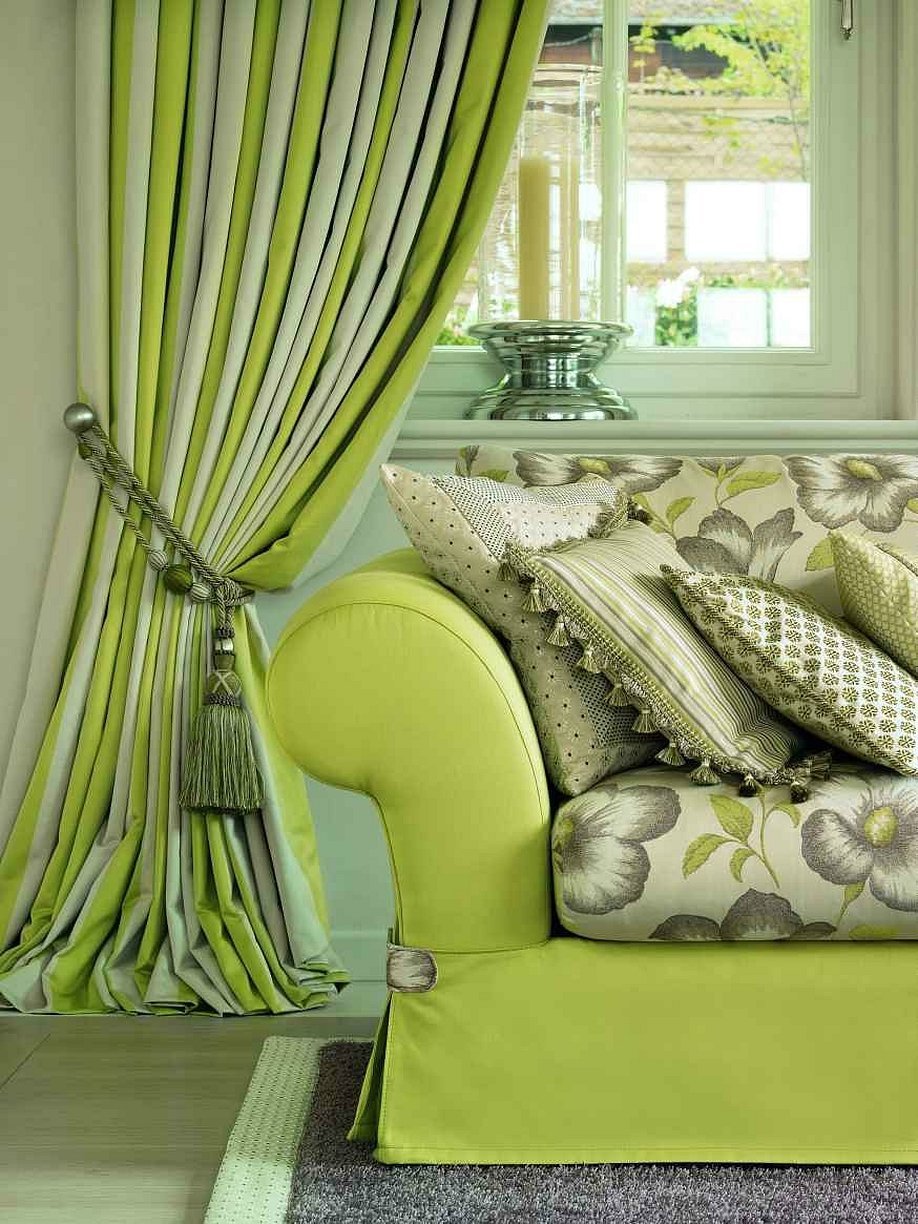
How to sew a pillow for sleeping with your own hands
A pillow sewn with your own hands will meet all the quality standards of a housewife and save money on buying store-bought analogues. After preparing the appropriate filler and accessories in the form of needles, threads and fabric for a pillowcase, you can start working. But before this, you need to determine the size of the future product. Standardly, it is 70 by 70 cm, and according to the European model - 70 by 50. If you deviate from these standards, you will also have to sew a pillowcase for the pillow yourself.

The step-by-step sewing instructions are as follows:
- The fabric is laid out on a flat table or on the floor. The fabric is measured. For example, if the future pillow is 50 by 50 cm, then you should measure 50 by 100 cm. Draw marks and lines with chalk, add allowances of 2 cm on each side. You will get a piece of 54 by 103 cm;
- Fold the rectangle in half and iron. Pin the future seams with sewing pins and baste;
- Stitch the seams along the lines marked earlier. Previously, this was done by hand, but now machines are used;
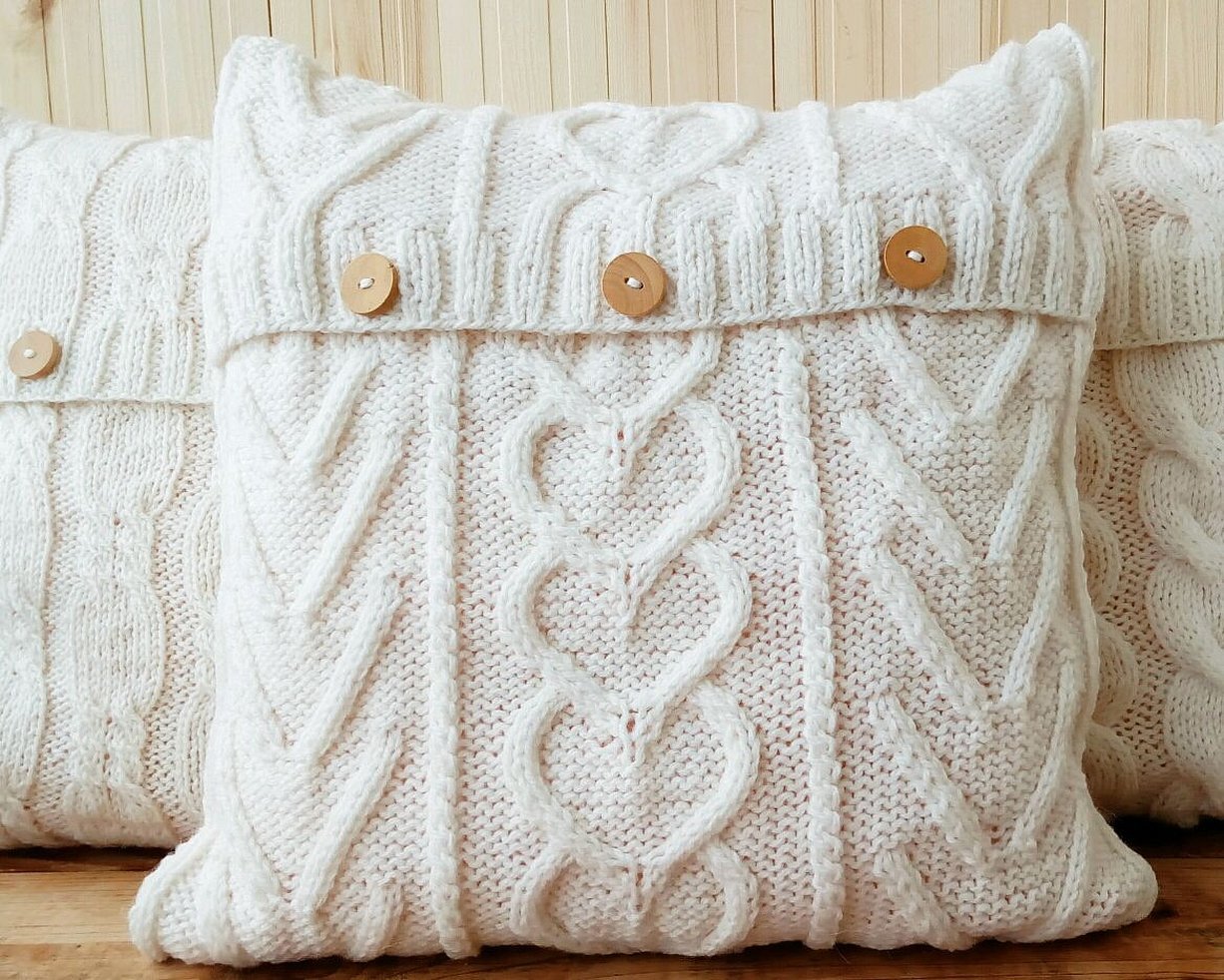
- Sew the corners, making small roundings. Leave 10 centimeters of unsharpened space on one side. Neaten the pillowcase and secure the seams, cutting the threads;
- Turn the base inside out and straighten all the corners, ironing them;
- Fill the product with the selected filling through the gap left without a seam;
- Sew the seam in any way, making it invisible. Shake the product with your hands.
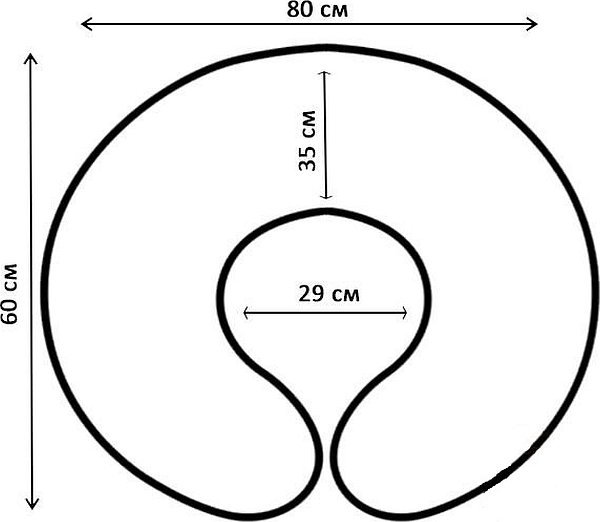
How to sew a pillow from fabric scraps
If there is no suitable fabric, and you don’t want to go to the store or your wallet doesn’t allow it, you can use scraps and shreds of old things or materials that are left over from upholstering furniture. The general instructions are as follows:
- Development of a diagram and order of arrangement of elements on the front side of the pillowcase;
- Cutting out the remaining fabric according to the pattern;
- Sewing together elements and decorating them with lace, braid and other elements.
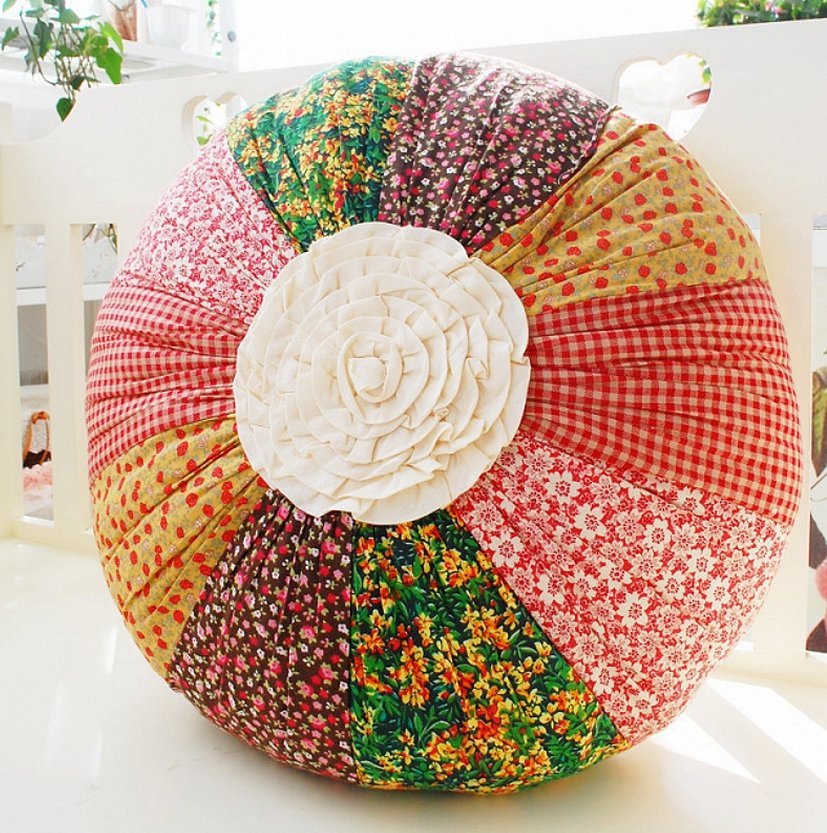
Another way is to use stencils and acrylic paints on fabric. After sewing the cover, the design is applied to the front part with a pencil and then painted over.
Important! Drawings with black outlines look interesting. Such products can be given to relatives and friends, depicting their hobbies or names on them.
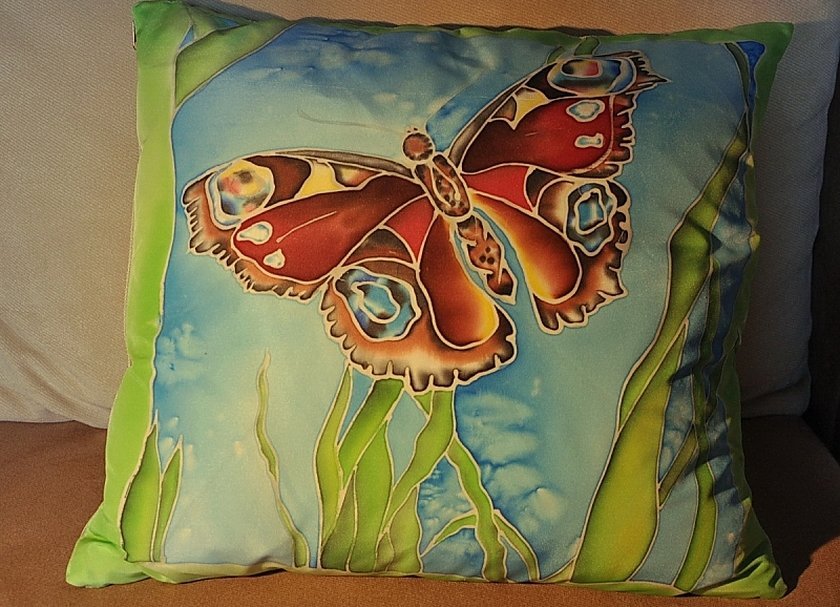
Stuffing
More about stuffing. First of all, you need to look at the properties of the filler itself, as this is the main characteristic of the future pillow. The product can be stuffed with synthetic padding or knitted tape, cotton wool and other materials that are quite cheap. In the case when stuffing is required for a decorative model, it is important to approach the process of choosing a filler more seriously.
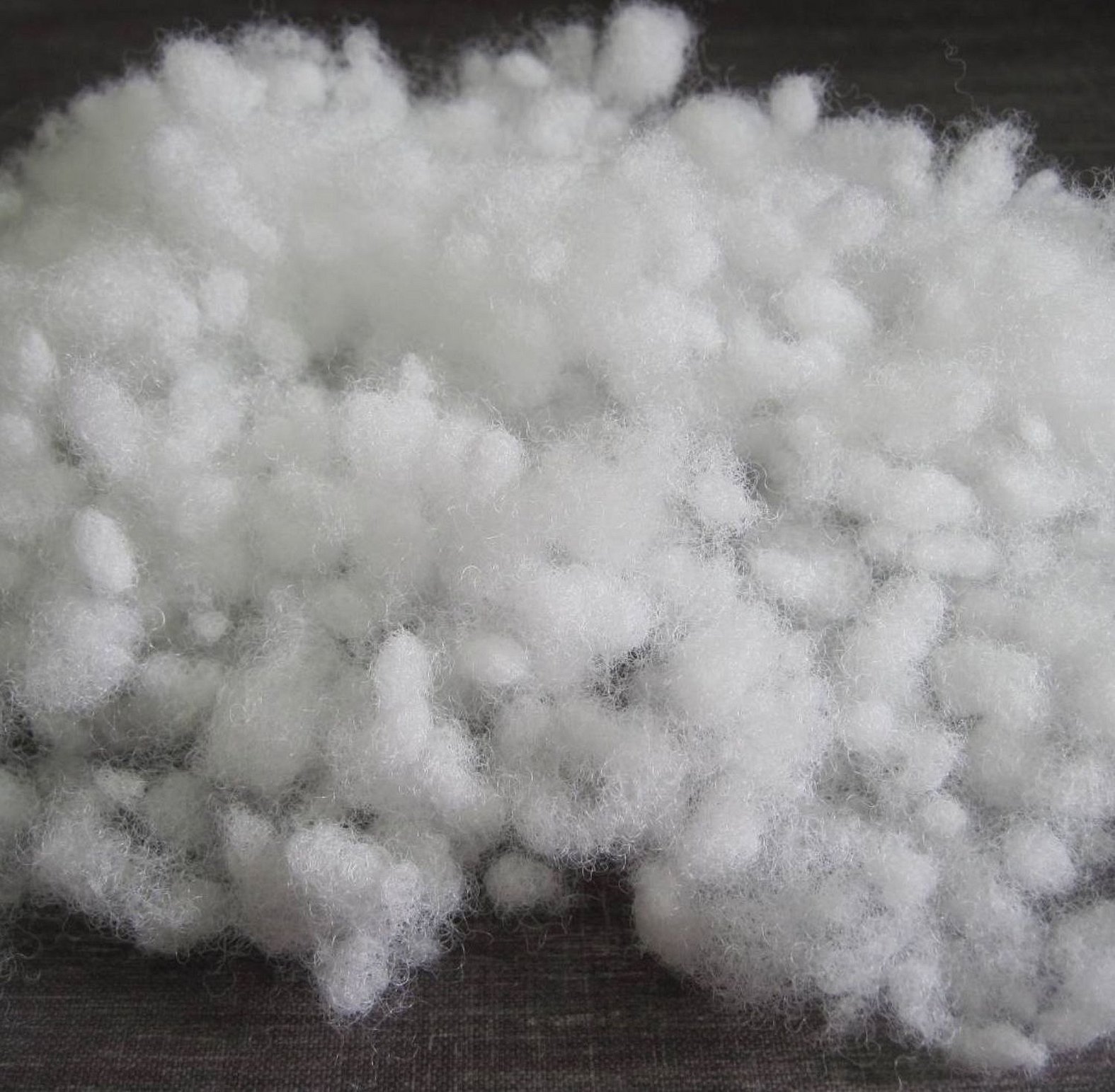
The main properties that the material must have:
- Sufficient elasticity. When pressed, the product should quickly restore its shape and not leave dents if you sleep on it;
- Breathability. All materials, including those used to make the base, cover and padding, should be breathable and allow the skin to breathe;
- Hypoallergenic. All these materials must also be safe for human health and not cause allergies and skin irritation;
- Easy to care for. The pillowcase, cover and the pillow itself should be easy to wash and machine washable.
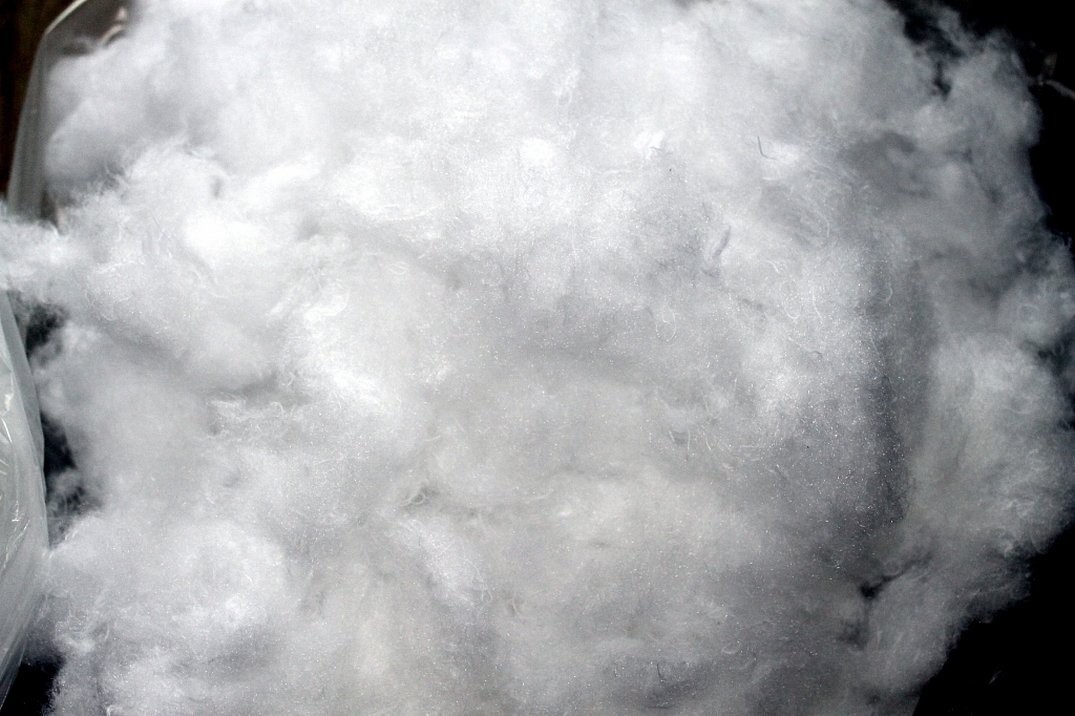
By type, stuffing is divided into three categories:
- Artificial material;
- Natural material of plant origin;
- Natural material of animal origin.
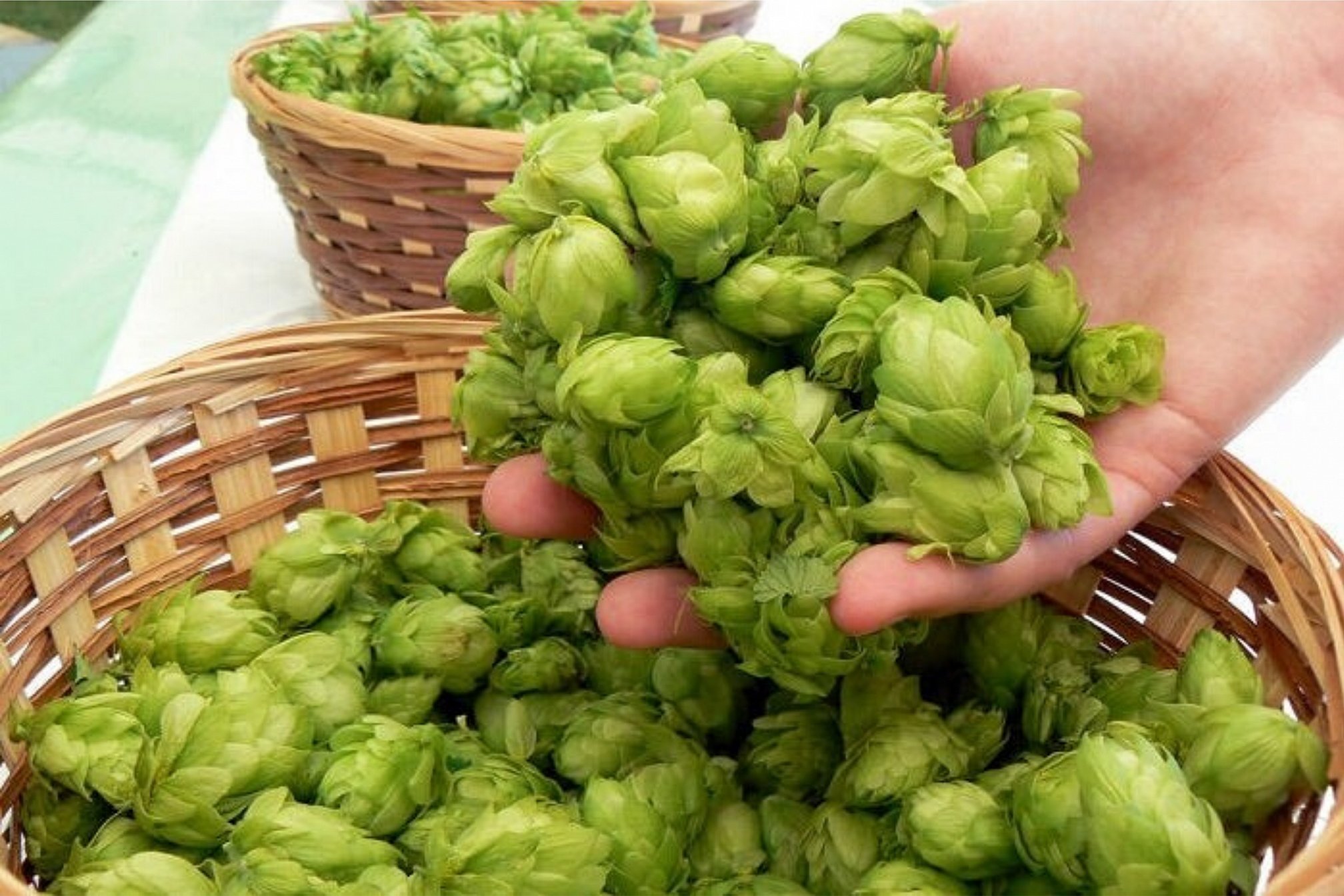
Artificial stuffing
Artificial materials have a number of properties that put them on the same level as natural ones. Moreover, they have their own distinctive characteristics. Such a composition does not allow dust mites to develop and will not cause allergies. Synthetic materials are easier to wash and dry quickly.
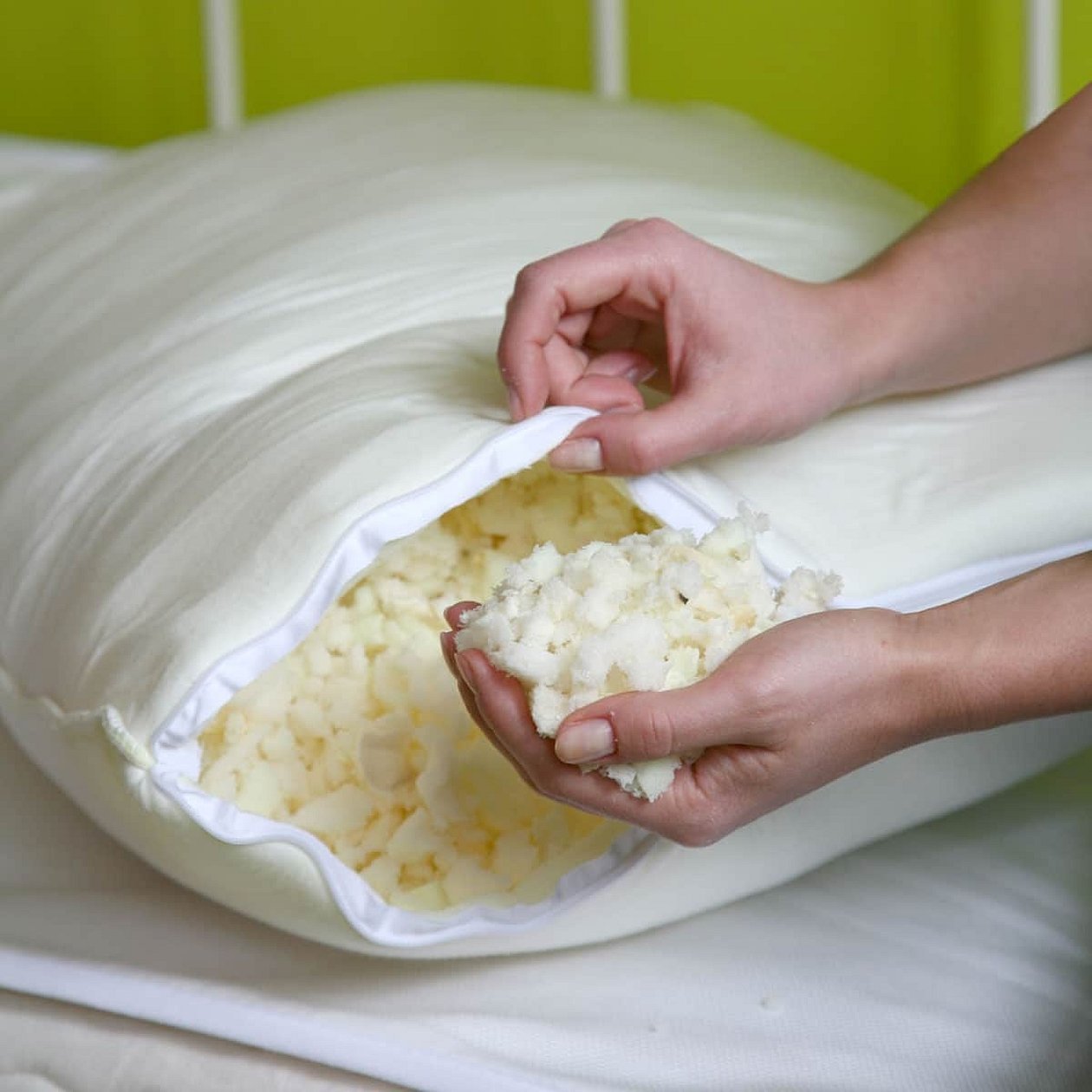
The most commonly used artificial paddings are sintepon and holofiber. The first option is budget. Sintepon is used not only for this, but also in the manufacture of clothing.
Important! A significant disadvantage of synthetic padding is that it quickly lumps up and does not restore its shape well. If you actively use such a pillow, it will quickly develop lumps and its surface will become hard.
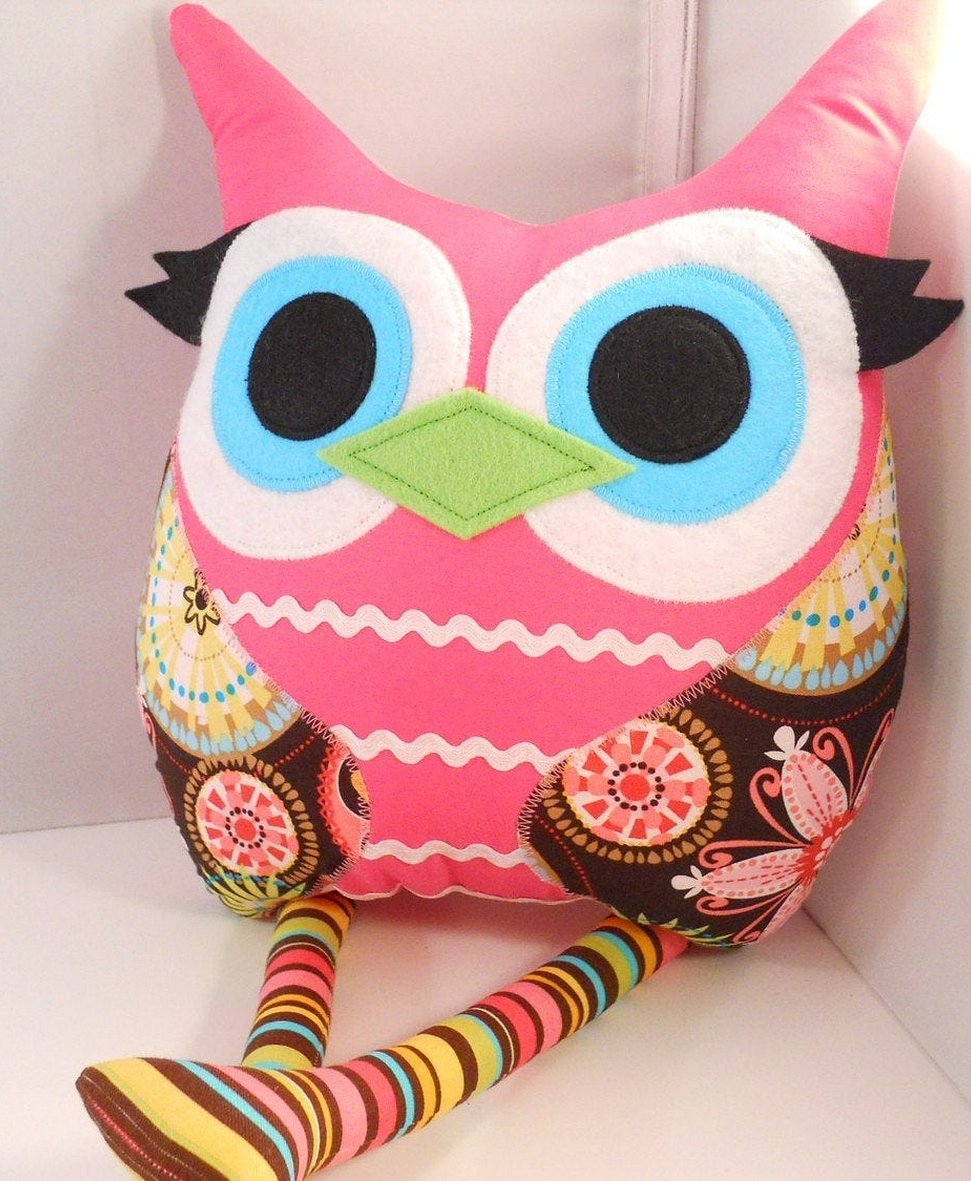
That is why the best choice would be holofiber, a non-woven material consisting of interwoven polyester fibers. The space between the fibers has a porous structure and is filled with air, which makes holofiber light and warm. In addition, the composition has the following characteristics:
- Removal of moisture and water;
- Breathability;
- Long service life;
- No generation of static electricity;
- Easy to care for and machine washable;
- No odor.
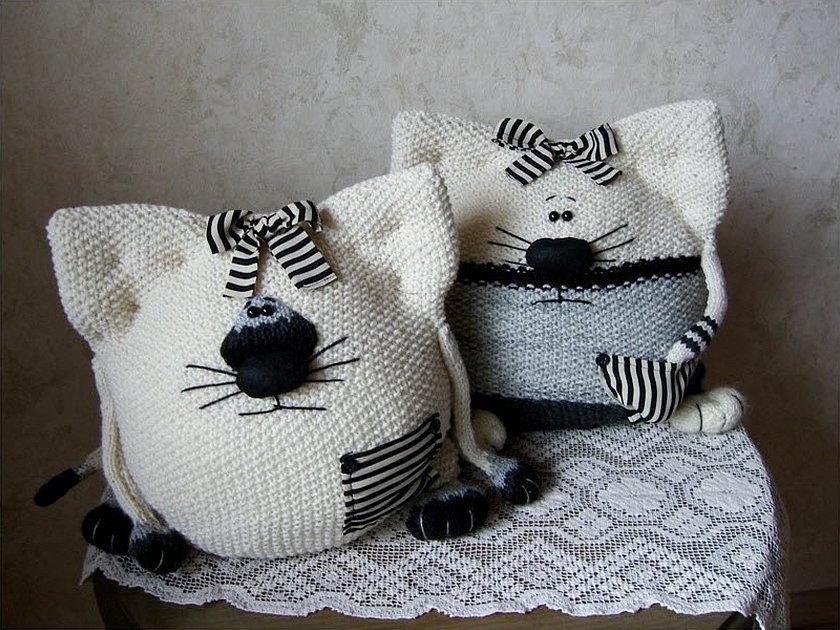
Plant stuffing
Plant materials are often used to form decorative pillows or bedding items. Some of the most popular options include:
- Dried herbs and seaweed;
- Leaves of herbs such as mint or lemon balm;
- Hop cones;
- Buckwheat husks.
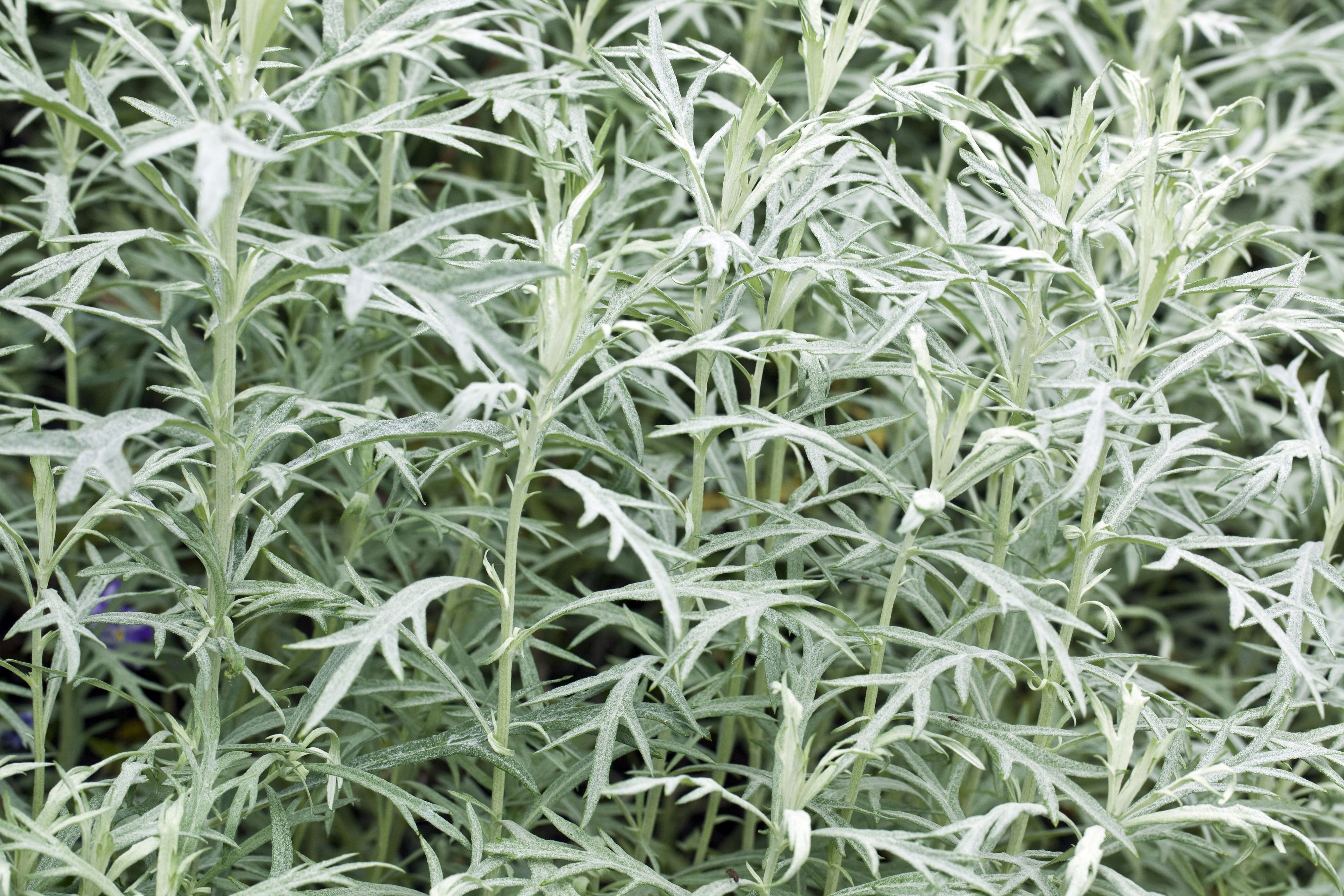
Important! In many cases, such stuffing will be beneficial for health, will add some originality to the product and a pleasant herbal scent that will spread throughout the room.
Cotton is also often used. A pillow stuffed with cotton will be hypoallergenic, and harmful organisms and insects will not multiply in it. If you stuff it with cotton correctly and take care of the pillow, you can essentially extend its service life.
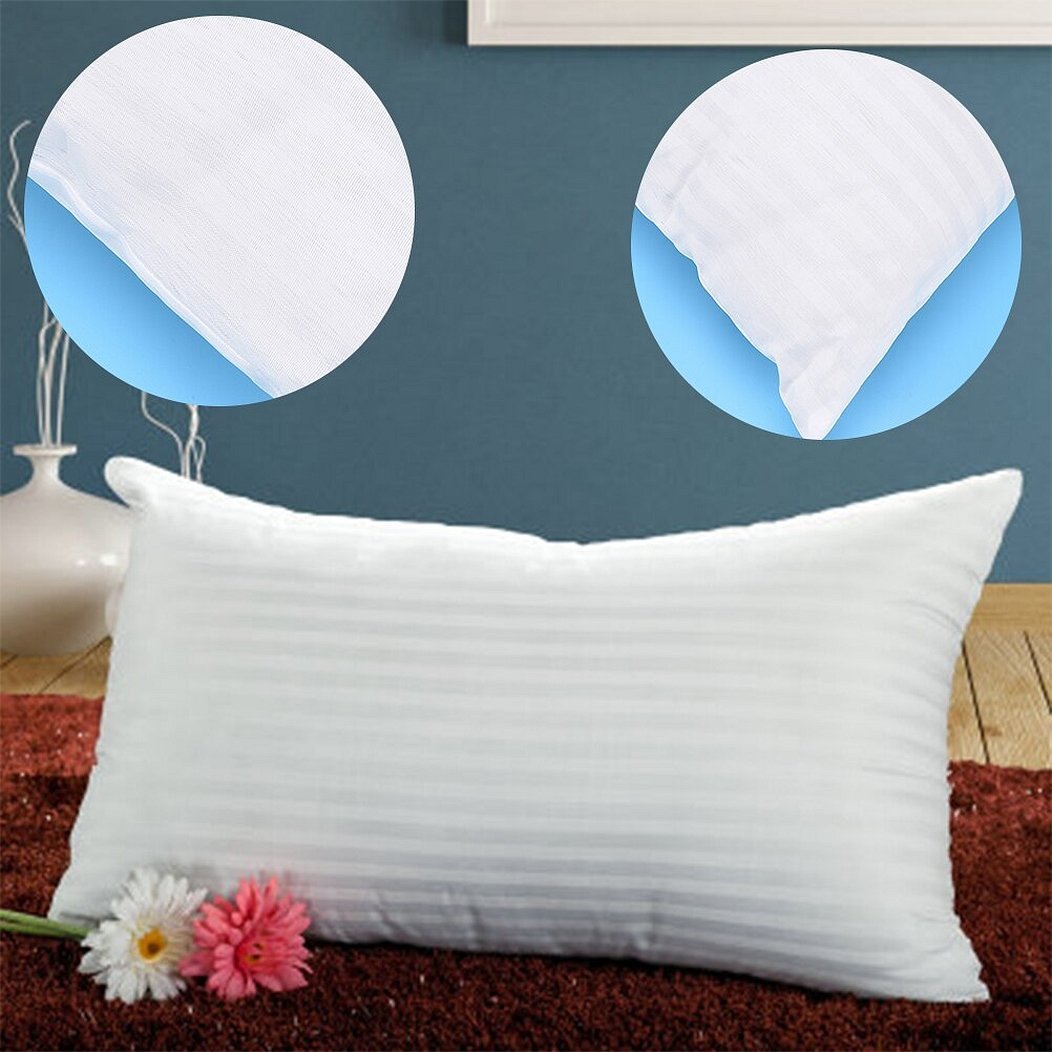
Stuffing of animal origin
Traditionally, animal stuffing is considered to be down and feathers of birds (chicken, geese, swans, ducks). The pillows are light, soft, and quickly take shape after deformation. One drawback is that it is not advisable for people with dust mite allergies to sleep on them. The thing is that over time, microorganisms can start in such stuffing, which can cause asthma attacks in allergy sufferers. But this can be avoided. It is enough to properly care for the thing, constantly wash, dry and air it.
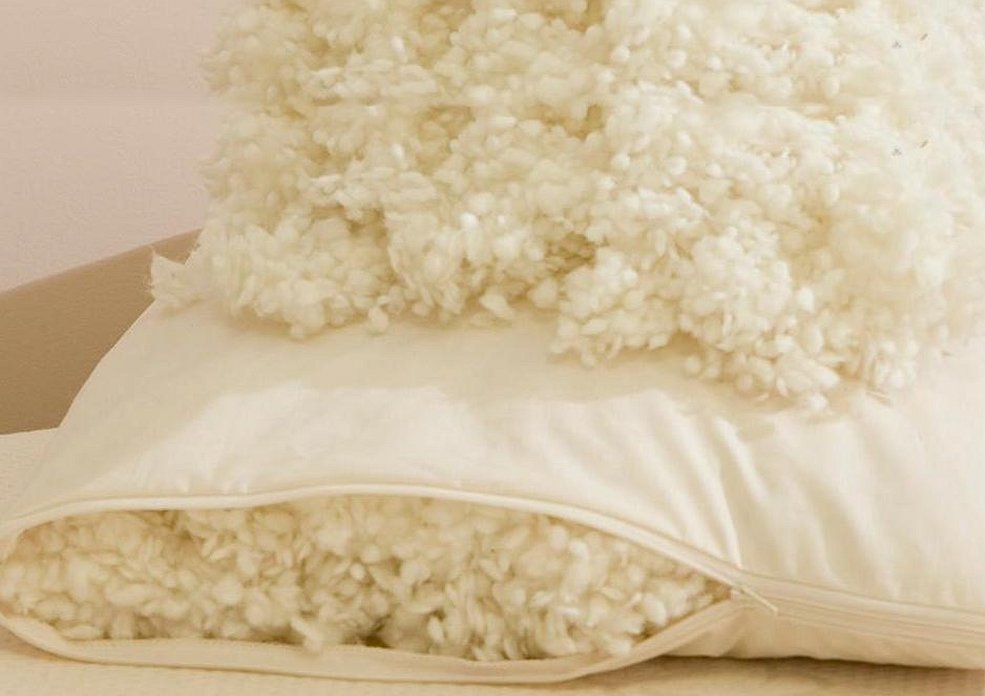
In addition, you can stuff the pillow with camel or sheep wool. It will not only be comfortable, but also therapeutic, because camel wool helps people suffering from radiculitis to get rid of symptoms. This material also has disadvantages: it is heavy and rolls up quickly.
Important! You can also use unnecessary pieces of wool yarn or an old fur coat. It can be cut into pieces and evenly distributed over the base. Such a pillow will collect a lot of dust, so it should be washed or beaten more often.
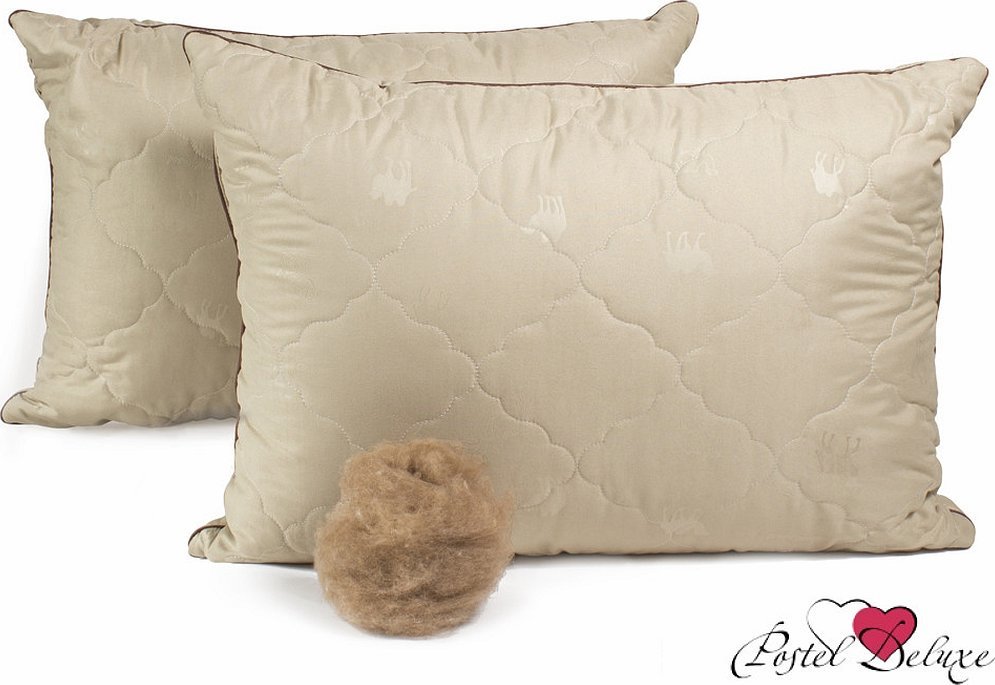
How can you decorate?
Each housewife has her own decorating ideas. Some decorate with buttons, others with fringe. You can also sew on various laces, beads or rhinestones, make patterns out of them. The most original ways have become decorating with plant prints, lace or embroidery and appliques.
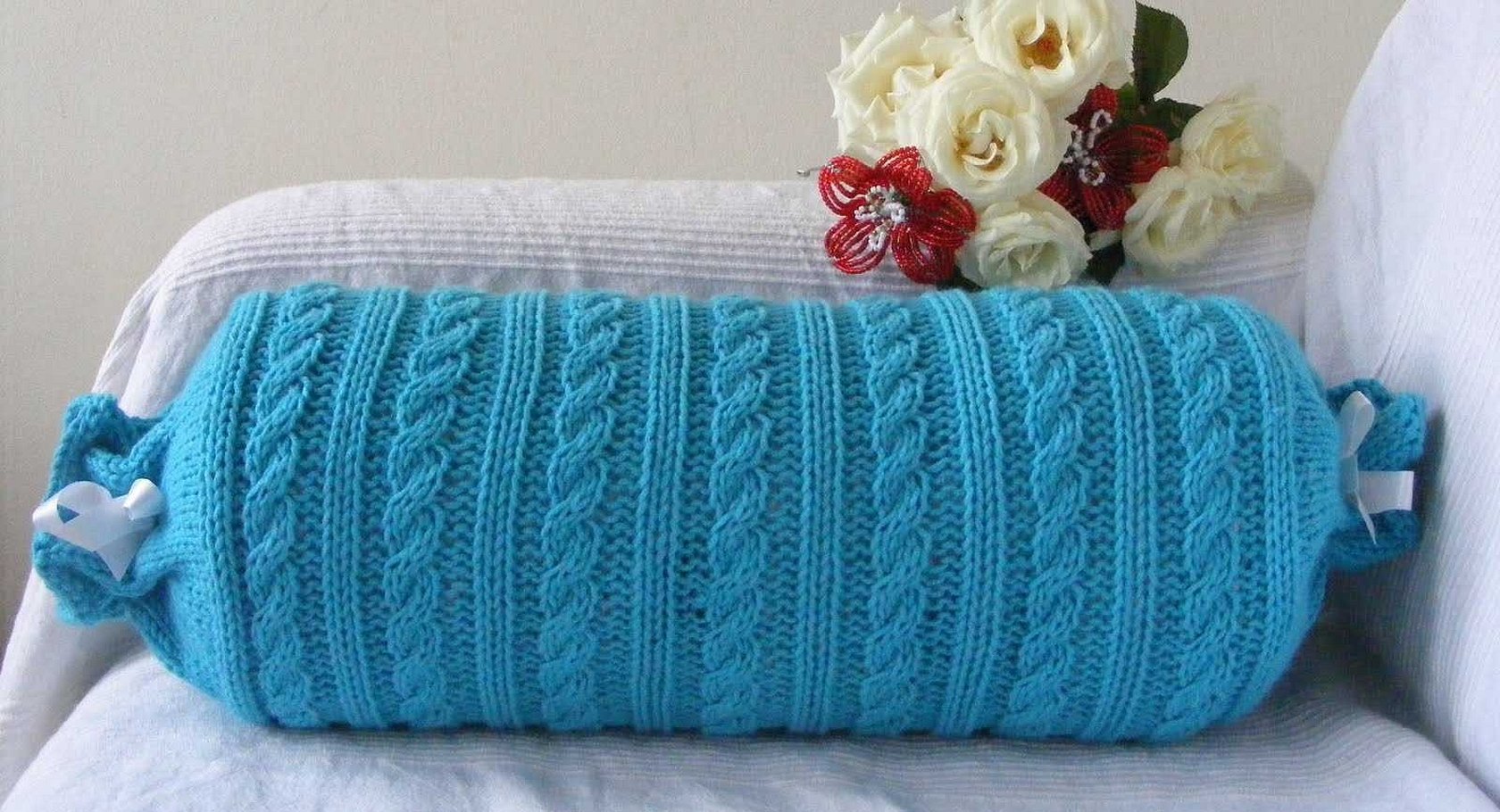
Decorating a pillowcase with plant prints
Decorating with plant ornaments involves transferring prints of fresh leaves or grass onto a pillowcase, creating combinations and patterns. To implement this idea, you will need:
- Freshly picked plants;
- Natural light fabric;
- Scissors and a hammer;
- Parchment.
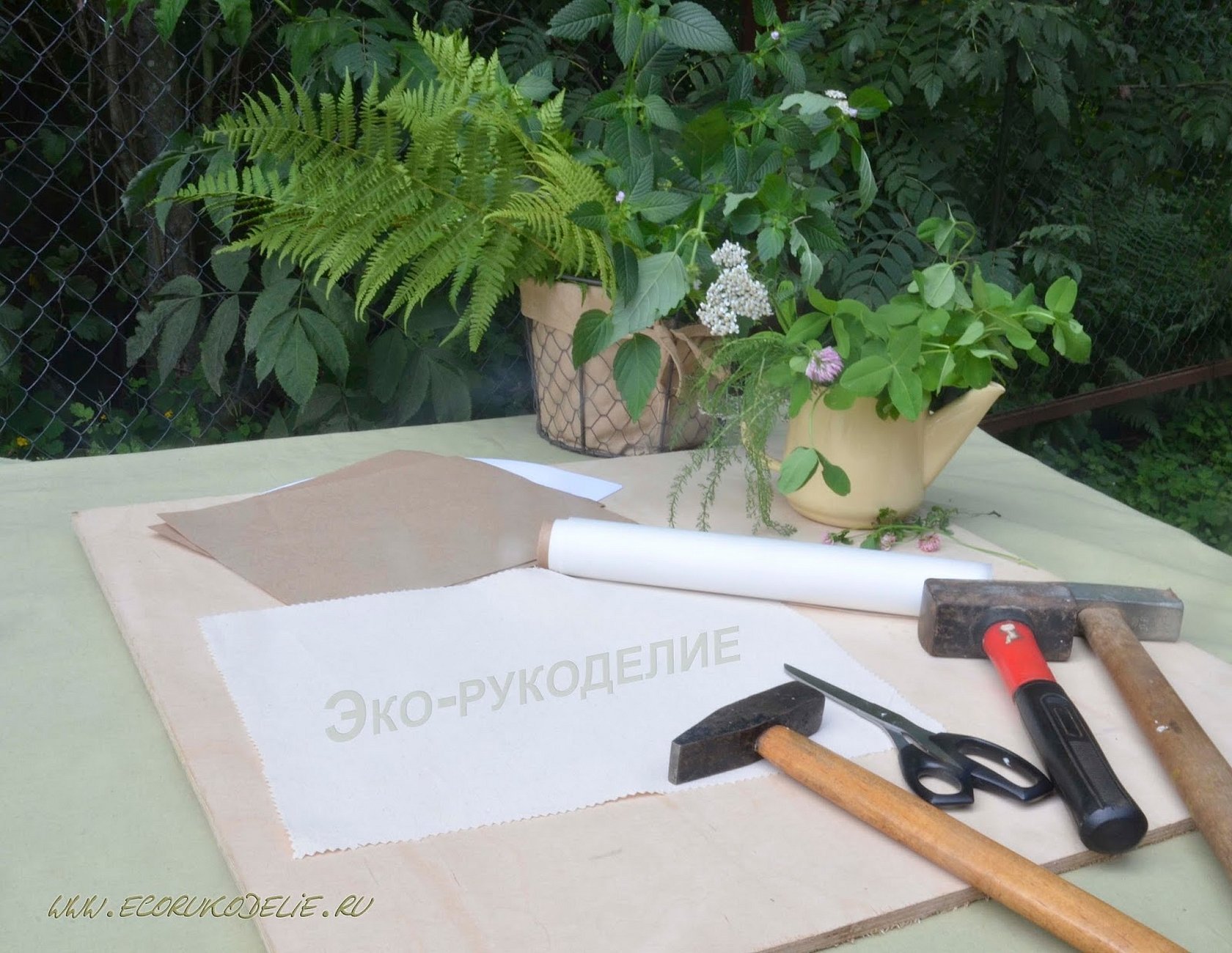
The process itself involves laying the plant out on the fabric and covering it with baking parchment. Then it is hit hard and evenly with a hammer, which allows the plants to release juice, which is absorbed into the fabric and leaves a pattern on it. Such pillows require careful care. Pillowcases should be washed in warm water on a delicate setting and detergent.

Lace, knitting and embroidery
This method is quite labor-intensive, but it will give the products a unique appearance and aesthetics. Knitted pillows have a certain advantage over sewn ones. Firstly, they are embossed, and secondly, all the seams are very easy to mask. Knitting such a product yourself, of course, takes a long time, but making it from an old sweater is as easy as pie.
Embroidery on pillows also requires skills and knowledge of what exactly you want to depict with threads. These can be some patterns, flowers or just chaotic straight or broken lines. With lace it is even easier. It is enough to buy it or detach it from old products and attach it to the pillows. Lace can be made from old tulle.
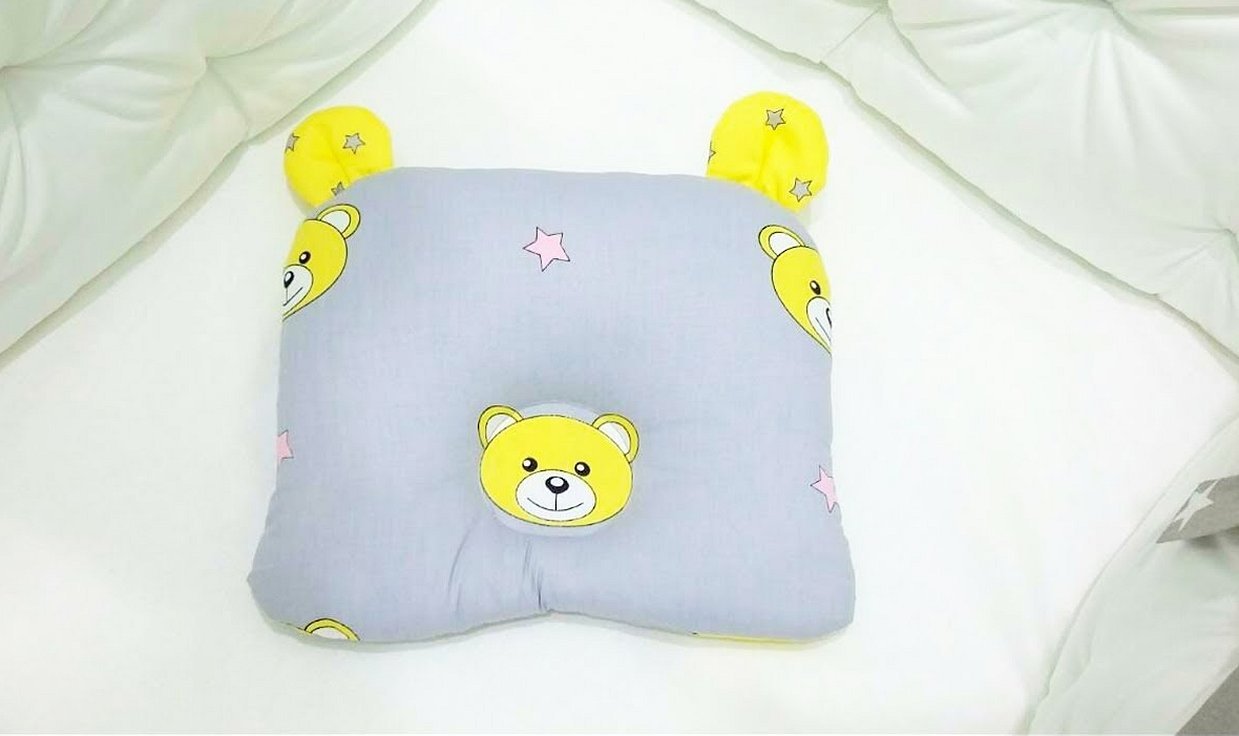
How to sew an applique onto a decorative pillow
Also quite an interesting type of decoration. Pillows with appliques can be used not only for decoration, but also for sleeping due to the fact that this decoration sits very tightly on the cover or pillowcase. The step-by-step algorithm of actions here is approximately as follows:
- Prepare a pattern and cut out the base of the pillow with seam allowances;
- Cut out appliques of the required size from decorative material;
- Pin and baste the applique using a decorative stitch or overlock stitch on a sewing machine;
- If desired, attach decorative braid;
- Sew both pillowcase pieces together to complete the pillow.
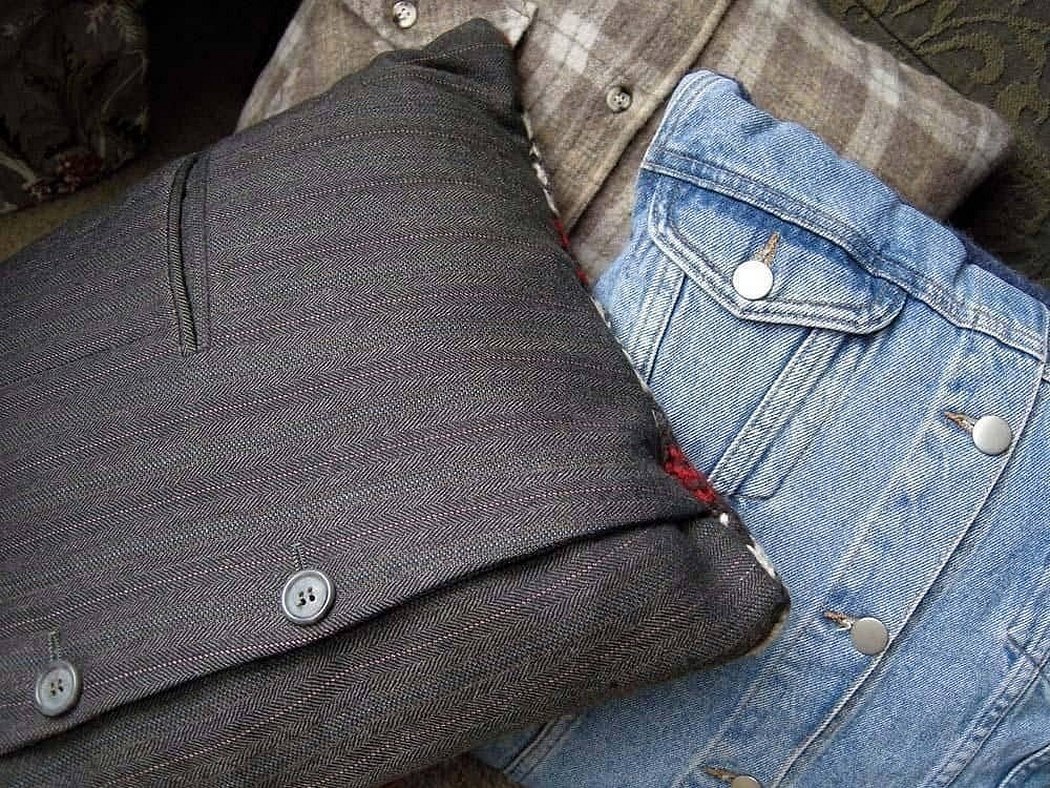
In conclusion, I would like to say that sewing a pillow with your own hands is not so difficult. After completing any master class on sewing pillows, even a novice craftswoman will be able to learn how to make both simple pillows for sleeping, and decorative sofa items, pillows and crib bumpers for babies and newborns.




